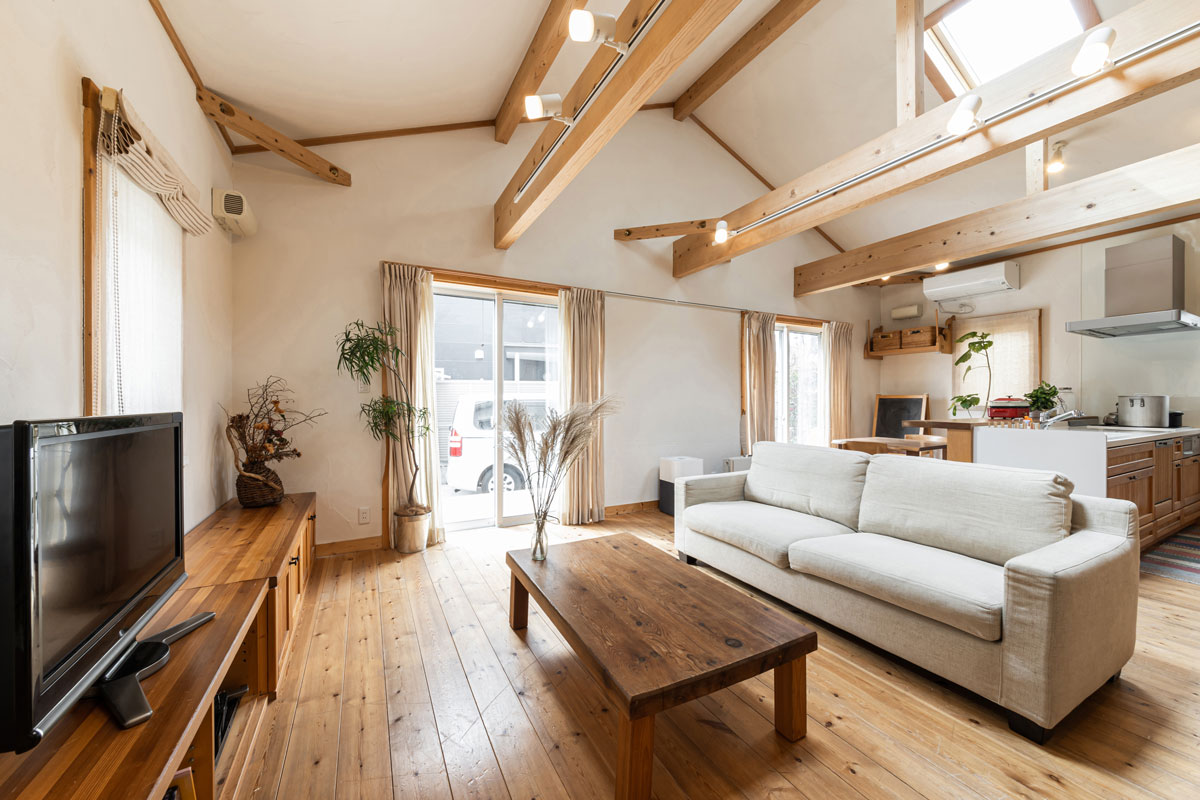

Articles
What Is A Second Living Room Called
Modified: December 7, 2023
Discover the answer to what a second living room is called in this informative article. Explore different terms used to describe this versatile space and how it can enhance your home.
(Many of the links in this article redirect to a specific reviewed product. Your purchase of these products through affiliate links helps to generate commission for Storables.com, at no extra cost. Learn more)
Introduction
In today’s modern homes, it’s not uncommon to find more than one living room. This additional space provides homeowners with extra flexibility and versatility in how they utilize their living areas. But what exactly is a second living room and what is it called? In this article, we will explore the concept of a second living room, its purpose, common features, benefits, alternative names, and even cultural variations in naming. So, let’s dive in and discover the fascinating world of second living rooms!
A second living room, also known as a family room or den, is an additional space in a home that is designed to provide a relaxed and informal gathering area for family members or to entertain guests. While the main living room is typically reserved for more formal occasions, the second living room offers a more casual and comfortable atmosphere.
This extra living space can serve a variety of purposes depending on the needs and preferences of the homeowners. Some may choose to use it as a dedicated space for watching television and enjoying leisure activities, while others may transform it into a playroom for children or a home office.
One of the key features of a second living room is its layout and furniture arrangement. Unlike the formal living room, which often features elegant and delicate furniture pieces, the second living room tends to have a more relaxed and cozy vibe. It is common to find plush sofas, oversized armchairs, and a coffee table for casual gatherings and relaxation.
Another notable aspect of a second living room is its entertainment options. Homeowners often equip this space with a television, gaming consoles, and a surround sound system for a cinematic experience. Additionally, shelves or cabinets filled with books, board games, and other forms of entertainment are commonly found in a second living room.
The benefits of having a second living room are numerous. Firstly, it allows for better utilization of space in a home, particularly in larger properties. Having a designated area for relaxation and informal activities can help to maintain a sense of organization and prevent clutter in the main living areas.
Secondly, a second living room provides flexibility in how homeowners use their living spaces. It allows them to have separate areas for different activities, such as watching TV in the main living room while children play games in the second living room. This can be especially valuable for larger families or those who frequently host guests.
Furthermore, a second living room offers a chance to personalize the space according to individual preferences. Homeowners can decorate it in a style that reflects their tastes and create a cozy and inviting atmosphere.
Now that we have explored the concept and purpose of a second living room, let’s take a look at some alternative names that are used to refer to this versatile space.
Key Takeaways:
- Embrace the Versatility: A second living room, whether called a family room, den, or lounge, offers a flexible and personalized space for relaxation, entertainment, and family bonding, enhancing the functionality of modern homes.
- Cultural Diversity in Naming: From the Japanese “zashiki” to the Scandinavian “hyggekrog,” the diverse cultural variations in naming a second living room reflect unique values and customs, highlighting the importance of this versatile space in different societies.
Read more: What To Do With A Second Living Room
Definition of a Second Living Room
A second living room can be defined as an additional area within a home that is designated for casual and informal activities, separate from the main living room. It is a versatile space that offers homeowners the flexibility to create a comfortable and inviting environment tailored to their specific needs and preferences.
Unlike the main living room, which is often reserved for more formal occasions and entertaining guests, the second living room provides a relaxed setting for everyday activities. It serves as a place for relaxation, leisure, and quality time with family and friends.
One of the defining characteristics of a second living room is its purpose. It is a space where homeowners can unwind, watch television, engage in hobbies, or simply spend time together in a more casual and laid-back atmosphere. It is often seen as a retreat from the hustle and bustle of everyday life, offering a cozy and comfortable setting for relaxation.
In terms of layout and design, a second living room can vary depending on individual preferences and the available space. It typically features comfortable seating arrangements, such as sofas, armchairs, and ottomans, that encourage lounging and relaxation. The furniture is often chosen for its comfort and durability, rather than for its formal and aesthetic qualities.
Additionally, a second living room may incorporate entertainment options to enhance the overall experience. This can include a television for watching movies or sports, a gaming console for video game enthusiasts, or a sound system to create an immersive audio experience. The inclusion of these entertainment features adds to the versatility of the space and allows homeowners to enjoy a range of leisure activities.
Furthermore, a second living room can be designed to accommodate specific needs or hobbies. For example, some homeowners may choose to create a home office within this space, complete with a desk, computer, and storage for work-related items. Others may transform it into a playroom for children, complete with toys, games, and a designated area for creative activities.
Overall, the definition of a second living room encompasses a flexible and multifunctional space that provides a comfortable and informal environment for various activities. It serves as a retreat within the home, offering homeowners the opportunity to relax, connect with loved ones, and engage in leisure activities in a more casual and laid-back setting.
Purpose of a Second Living Room
The purpose of a second living room is to provide homeowners with additional space that is separate from the main living room, allowing for a more versatile and flexible living environment. This secondary living area serves a variety of purposes and can be tailored to meet the specific needs and preferences of the individuals using it.
One of the primary purposes of a second living room is to create a more relaxed and informal gathering space for family members. While the main living room is often used for formal occasions and entertaining guests, the second living room offers a casual and comfortable atmosphere for everyday activities. It allows family members to come together and engage in leisure activities, watch television, play games, or simply spend quality time together in a more laid-back environment.
Furthermore, a second living room provides homeowners with the opportunity to have designated spaces for different activities within their home. This can be especially beneficial for larger families or those who frequently have guests, as it allows for separate areas to accommodate different interests and preferences. For example, while one family member may be watching a movie in the main living room, another can be engrossed in a book or playing console games in the second living room.
In addition to being a space for relaxation and leisure, a second living room can also serve practical purposes. It can be transformed into a home office, providing a dedicated area for work, study, or creative projects. This allows individuals to have a designated space away from the distractions of the main living areas, promoting focus and productivity.
Another possible purpose of a second living room is to create a playroom or entertainment area for children. This can be especially valuable for families with young children, as it provides a space for them to engage in imaginative play, explore their hobbies, and keep their toys and games organized. Having a separate area dedicated to play can help create a sense of boundaries and keep the main living areas more tidy and orderly.
Overall, the purpose of a second living room is to enhance the functionality and versatility of a home. It offers a separate space where individuals and families can engage in informal activities, relax, entertain, or pursue personal interests. By providing options for different uses and accommodating the specific needs of the homeowners, a second living room allows for a more dynamic and adaptable living environment.
Common Features and Elements of a Second Living Room
A second living room is a versatile space that can be customized to suit individual preferences and needs. While the specific design and layout may vary, there are several common features and elements that are often found in second living rooms. These features contribute to creating a cozy, inviting, and functional environment for relaxation and leisure activities.
Comfortable seating: One of the key elements of a second living room is comfortable seating. This typically includes plush sofas, oversized armchairs, and cozy recliners. The furniture is selected for its comfort and durability, allowing individuals to unwind and relax for extended periods of time.
Coffee table: A coffee table is a common fixture in a second living room. It provides a convenient surface for placing drinks, snacks, books, or other items. The design of the coffee table can vary, ranging from a sleek and modern style to a rustic or vintage look.
Entertainment options: Many second living rooms are equipped with entertainment features to enhance the space. This may include a television, gaming console, or a sound system for creating an immersive audio experience. These entertainment options provide ample opportunities for relaxation and enjoyment.
Storage and organization: A second living room often incorporates storage solutions to keep the space tidy and organized. This can include shelves, cabinets, or built-in storage units to store books, games, DVDs, or other items. Having designated storage areas helps minimize clutter and ensure that everything has its place.
Lighting: The lighting in a second living room is crucial for creating the desired ambiance. Typically, a combination of natural and artificial lighting is used to provide a warm and inviting atmosphere. This may include ceiling lights, floor or table lamps, and even accent lighting to highlight specific areas or décor elements.
Soft furnishings and textiles: Soft furnishings and textiles play a significant role in creating a cozy and comfortable environment in a second living room. This can include throw pillows, blankets, rugs, and curtains. These elements add texture, warmth, and visual interest to the space.
Decorative elements: Personal touches and decorative elements help to reflect the homeowner’s style and create a welcoming ambiance in the second living room. This can include artwork, family photographs, plants, and decorative accessories. These items add character and make the space feel more personal and inviting.
Versatile layout: The layout of a second living room is often designed to accommodate various activities and preferences. It should allow for easy conversations, comfortable viewing of the television or other media, and a flexible arrangement of furniture. The versatility of the layout ensures that the space can adapt to different needs and occasions.
While these are common features and elements found in a second living room, it’s important to remember that each space can be customized according to personal preferences and lifestyle. The goal is to create an environment that promotes relaxation, comfort, and enjoyment for everyone who uses the space.
A second living room is commonly referred to as a family room or a den. It is a casual space for relaxation and entertainment, often located near the kitchen.
Benefits of Having a Second Living Room
Homes with a second living room offer a range of benefits that enhance the overall functionality and enjoyment of the living space. Whether it’s a dedicated family room, den, or a multipurpose space, here are some key advantages of having a second living room:
1. Improved Organization: One of the primary benefits of a second living room is the ability to better organize your living space. The main living room can be reserved for more formal occasions or entertaining guests, while the second living room serves as a more casual and relaxed area for everyday activities. This separation of spaces helps maintain cleanliness and organization in your home.
2. Flexibility and Versatility: Having a second living room provides homeowners with increased flexibility in how they utilize their living spaces. It allows for different activities to take place simultaneously, such as watching a movie in the main living room while someone else reads a book or plays games in the second living room. This versatility is particularly beneficial for larger families or those who frequently entertain guests.
3. Personalization: A second living room offers the opportunity to personalize the space according to your individual style and preferences. You can select furniture, décor, and color schemes that align with your tastes, creating a cozy and inviting atmosphere that reflects your unique personality. This personal touch adds warmth and comfort to the space.
4. Enhanced Relaxation: The second living room serves as a dedicated space for relaxation and leisure activities. It provides a place where family members can unwind, enjoy their hobbies, or spend quality time together in a more casual and laid-back setting. This designated area for relaxation promotes a sense of tranquility and helps to alleviate stress.
5. Accommodates Multiple Interests: With a second living room, you can cater to the diverse interests of your household members. Each person can have their own space to pursue their hobbies, whether it’s reading, playing musical instruments, doing crafts, or watching TV shows or sports. This allows everyone to enjoy their preferred activities without disturbing others.
6. Additional Storage: Having a second living room often means additional storage options. You can incorporate shelves, cabinets, or dedicated storage units into the space to keep items such as books, board games, or DVDs organized and easily accessible. This helps maintain a clutter-free environment and keeps the main living spaces neat.
7. Value Addition: Homes with a second living room often have an added advantage when it comes to resale value. The presence of an extra living area can be a desirable feature for potential buyers as it provides them with the flexibility to design and utilize the space according to their own needs and preferences.
Overall, a second living room offers a host of benefits, including improved organization, flexibility, personalization, relaxation, accommodation of multiple interests, additional storage, and ultimately, increased value. It enhances the functionality of your home and provides a space where you can create lasting memories with your loved ones.
Read more: What Are Living Room Chairs Called
Examples of Alternative Names for a Second Living Room
While the term “second living room” is widely used to describe an additional living area in a home, there are several alternative names that are also commonly used to refer to this versatile space. These names can vary depending on regional preferences, cultural influences, or personal choices. Here are some examples of alternative names for a second living room:
1. Family Room: The term “family room” is often used interchangeably with “second living room.” This name emphasizes the purpose of the space as a gathering area for family members. It implies that the room is designed to be comfortable, welcoming, and suitable for various family activities and relaxation.
2. Den: The term “den” dates back to the early 19th century and originally referred to a small, cozy room used for quiet activities like reading or writing. In modern usage, a den can refer to a second living room that serves as a retreat or private space for relaxation and solitude.
3. Lounge: The term “lounge” brings to mind a relaxed and laid-back atmosphere. A lounge area typically includes comfortable seating and a casual ambiance, making it an ideal name for a second living room that is intended for relaxation, socializing, or informal entertaining.
4. Recreation Room: A recreation room, often abbreviated as a rec room, is a popular name for a second living room that is specifically designed for leisure activities and entertainment. It is commonly furnished with game tables, a pool table, a gaming console, or other recreational equipment.
5. Living Area: The term “living area” is a more general and inclusive name for a second living room. It reflects the purpose of the space as an area for everyday living, relaxation, and socializing. This name allows for a flexible interpretation and can encompass a variety of activities and design styles.
6. Media Room: A media room is a name often given to a second living room that is primarily focused on audiovisual entertainment. It typically includes a large-screen television, surround sound system, and cozy seating arrangement optimized for movie viewing or gaming experiences.
7. Great Room: The term “great room” is used to describe a large, open-concept space that combines multiple living functions into one area. This can include a second living room, dining area, and even a kitchen. The great room is known for its spaciousness and seamless flow between different living functions.
8. Study: A study, also known as a home office or study room, can be considered as a variation of a second living room. This name emphasizes the space’s function as a dedicated area for work, study, or engaging in intellectual pursuits. It typically includes a desk, bookshelves, and a comfortable seating area.
9. Sunroom: A sunroom is a name used for a second living room that is designed to bring in an abundance of natural light. It is typically enclosed in glass or has large windows, allowing for panoramic views of the surroundings. The sunroom is often used as a retreat for relaxation or to enjoy indoor gardening.
These are just a few examples of alternative names for a second living room. The choice of name can vary depending on personal preference, regional dialects, or cultural influences. Regardless of the name, the purpose of a second living room remains the same: to provide a comfortable and flexible space for relaxation, socializing, and everyday living.
Cultural Variations in Naming a Second Living Room
When it comes to naming a second living room, there can be cultural variations that influence the terminology used to refer to this versatile space. Different cultures and regions may have their own unique names or terms to describe a secondary living area within a home. Here are some examples of cultural variations in naming a second living room:
Japanese Culture: In Japanese culture, a second living room is often referred to as a “zashiki.” The zashiki is a designated space within a traditional Japanese home where guests are entertained. It is typically furnished with a low table (chabudai) and floor cushions (zabuton) for a more relaxed and informal setting.
Indian Culture: In Indian culture, a second living room may be called a “drawing room” or a “guest room.” The drawing room serves as a space for gathering and entertaining guests. It often features plush seating, elegant décor, and is designed to create a favorable impression on visitors.
Spanish Culture: In Spanish-speaking countries, a second living room is commonly referred to as a “sala de estar” or a “sala de reuniones.” These terms translate to “living room” or “meeting room” and highlight the purpose of the space as a place for relaxation and socializing. The sala de estar is often furnished with comfortable seating and entertainment options.
Scandinavian Culture: In Scandinavian design and culture, a second living room may be referred to as a “hyggekrog” or a “fika room.” Hyggekrog is a Danish term that refers to a cozy nook or corner where one can retreat for comfort and relaxation. Fika room, inspired by Swedish tradition, is a space designed for enjoying the cultural ritual of fika, which involves gathering for coffee and conversation.
African Culture: In some African cultures, a second living room is known as a “family room” or a “harambee room.” These names emphasize the importance of the space as a gathering area for family members and the community. The harambee room, derived from Swahili, signifies togetherness and collective effort.
Middle Eastern Culture: In Middle Eastern cultures, a second living room may be referred to as a “majlis” or a “diwan.” The majlis is a formal gathering area often found in traditional Arabian homes, serving as a space for socializing and hosting guests. The diwan, on the other hand, can refer to a larger communal space where multiple activities take place, such as dining, relaxation, and socializing.
These are just a few examples of the cultural variations in naming a second living room. It’s important to note that terminology may differ not only across cultures but also within regions and individual households. The names chosen often reflect cultural values, design preferences, and social customs, highlighting the diverse ways in which different cultures designate and utilize their secondary living spaces.
Conclusion
The concept of a second living room, also known as a family room, den, or by various other names, offers homeowners the opportunity to create a versatile and functional living space within their homes. This additional living area serves as a retreat from the formalities of the main living room, providing a cozy and relaxed environment for everyday activities, entertainment, and quality time with family and friends.
From comfortable seating to entertainment options, storage solutions, and personalization, a second living room offers numerous benefits. It improves organization by providing a designated space for specific activities, enhances flexibility by accommodating multiple interests and preferences, and allows homeowners to express their unique style and create a welcoming and inviting atmosphere.
Cultural variations in naming a second living room highlight the diverse ways in which different cultures approach and utilize this space. Whether it’s the Japanese zashiki for entertaining guests, the Indian drawing room for impressing visitors, or the Scandinavian hyggekrog for creating a cozy nook, each cultural variation emphasizes the importance of this area as a gathering place that reflects local customs and values.
Ultimately, the second living room enriches the living experience in a home. It offers a place for relaxation, leisure, and personal expression. Whether it’s enjoying a quiet evening reading a book or gathering with loved ones for a movie night, the second living room becomes an integral part of our daily lives, providing a haven of comfort and enjoyment.
As homeowners continue to seek more functionality and personalization in their living spaces, the concept of a second living room will continue to evolve and adapt to match their needs. So, whether you call it a family room, den, or by any other name, the second living room remains an essential element in creating a home that is both comfortable and inviting.
Frequently Asked Questions about What Is A Second Living Room Called
Was this page helpful?
At Storables.com, we guarantee accurate and reliable information. Our content, validated by Expert Board Contributors, is crafted following stringent Editorial Policies. We're committed to providing you with well-researched, expert-backed insights for all your informational needs.
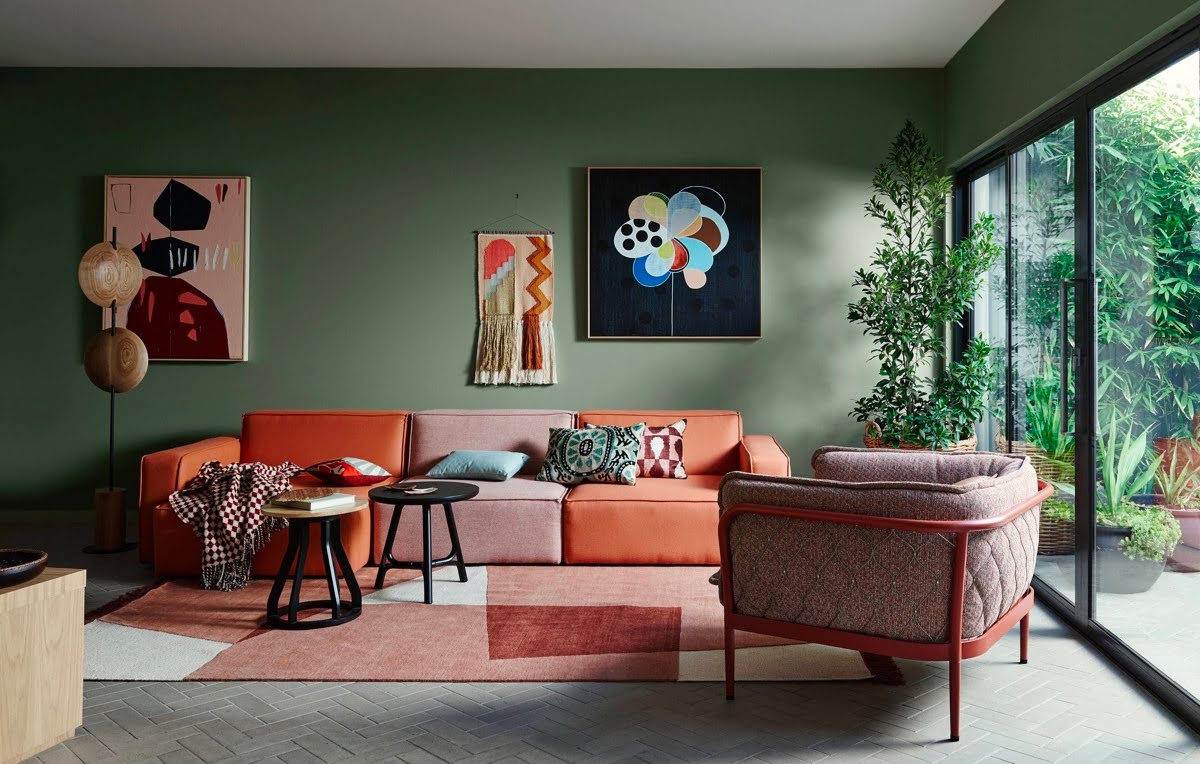
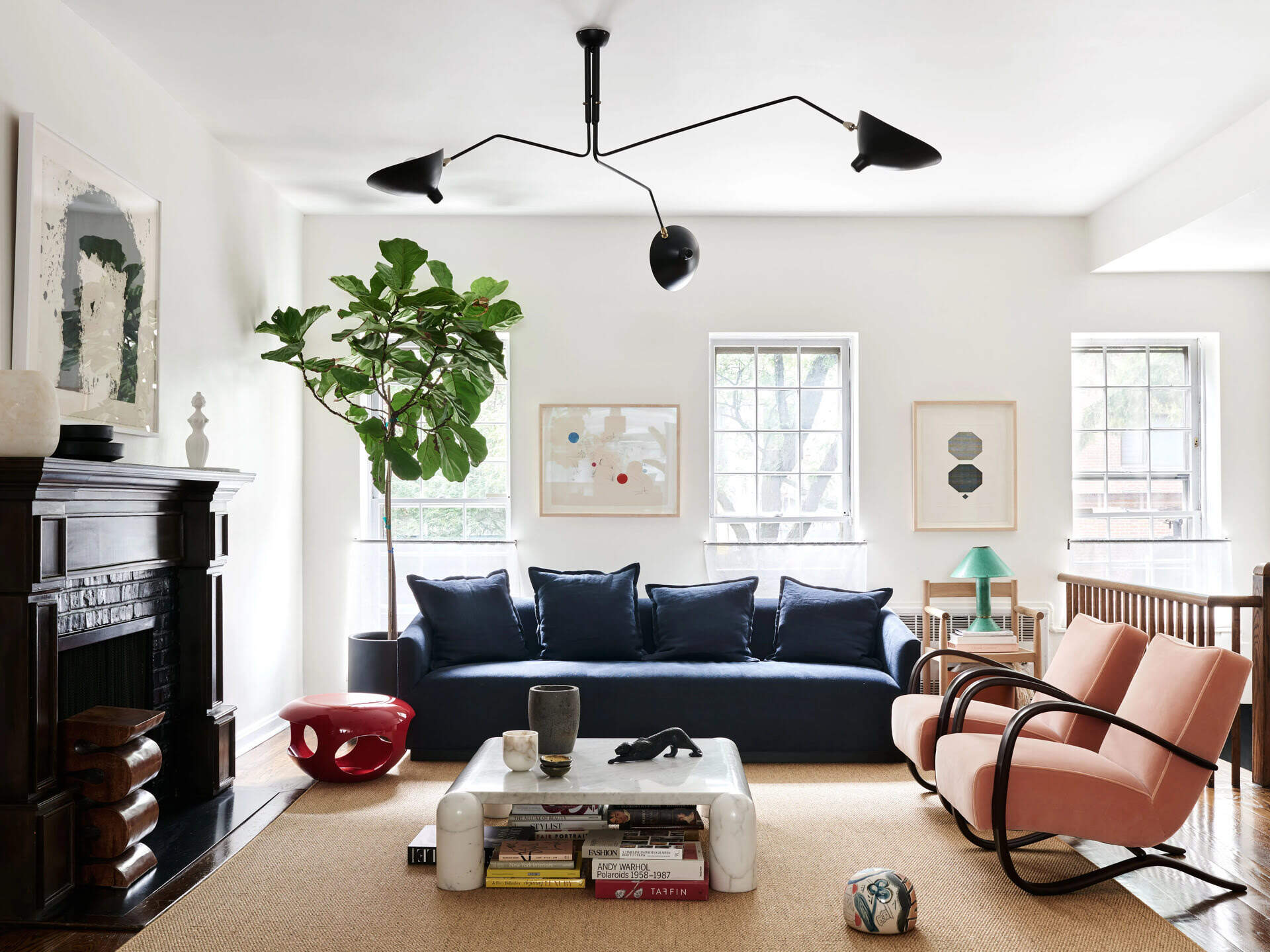
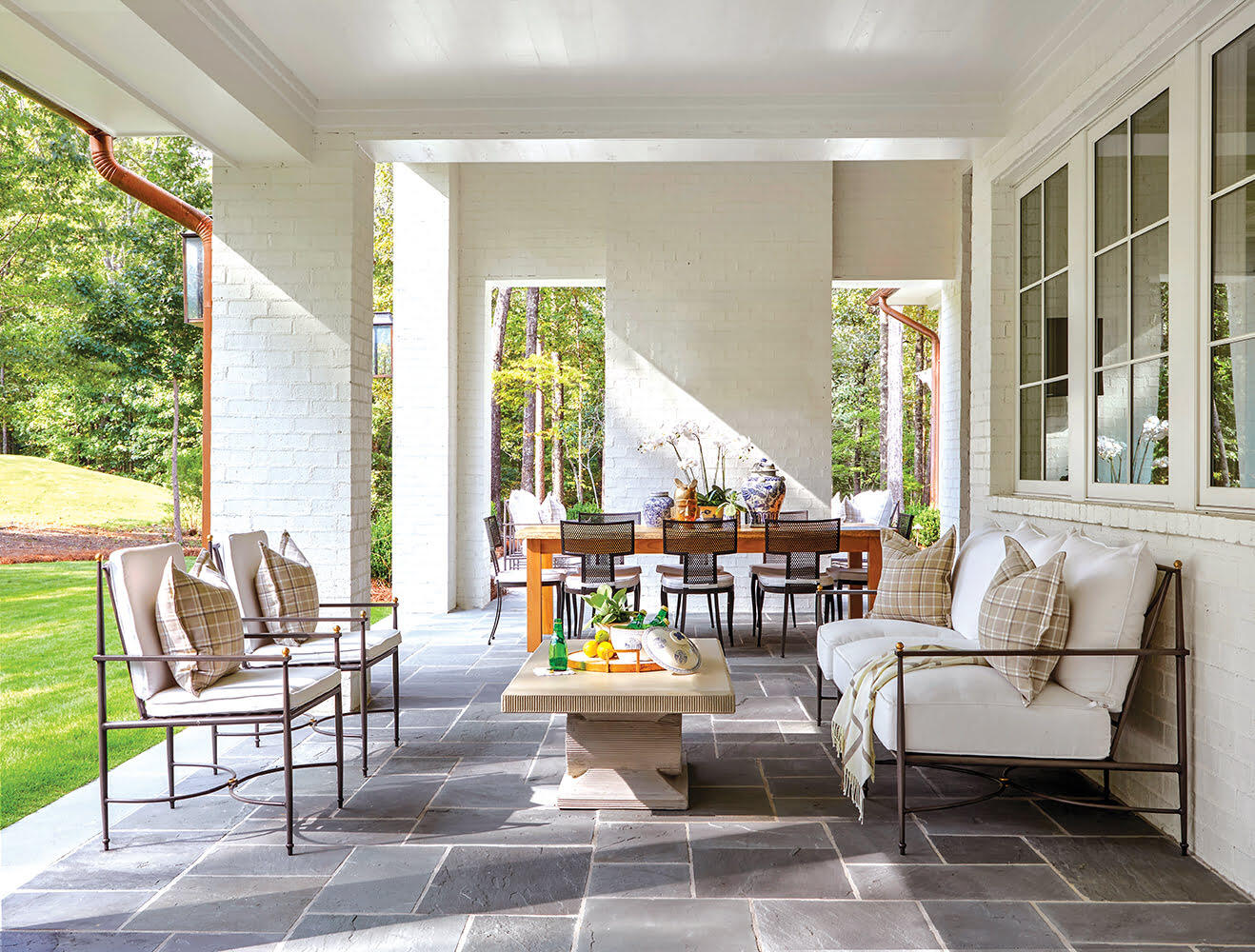
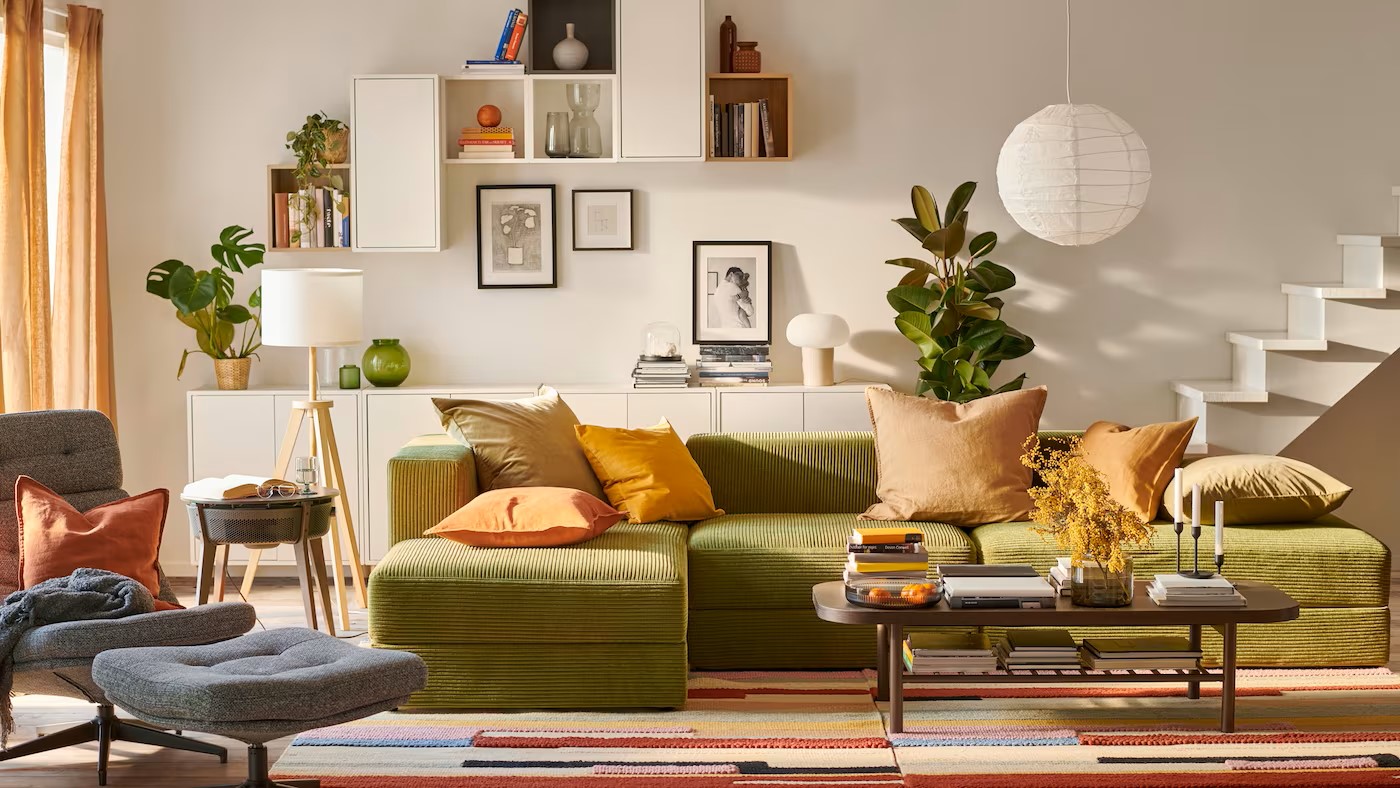

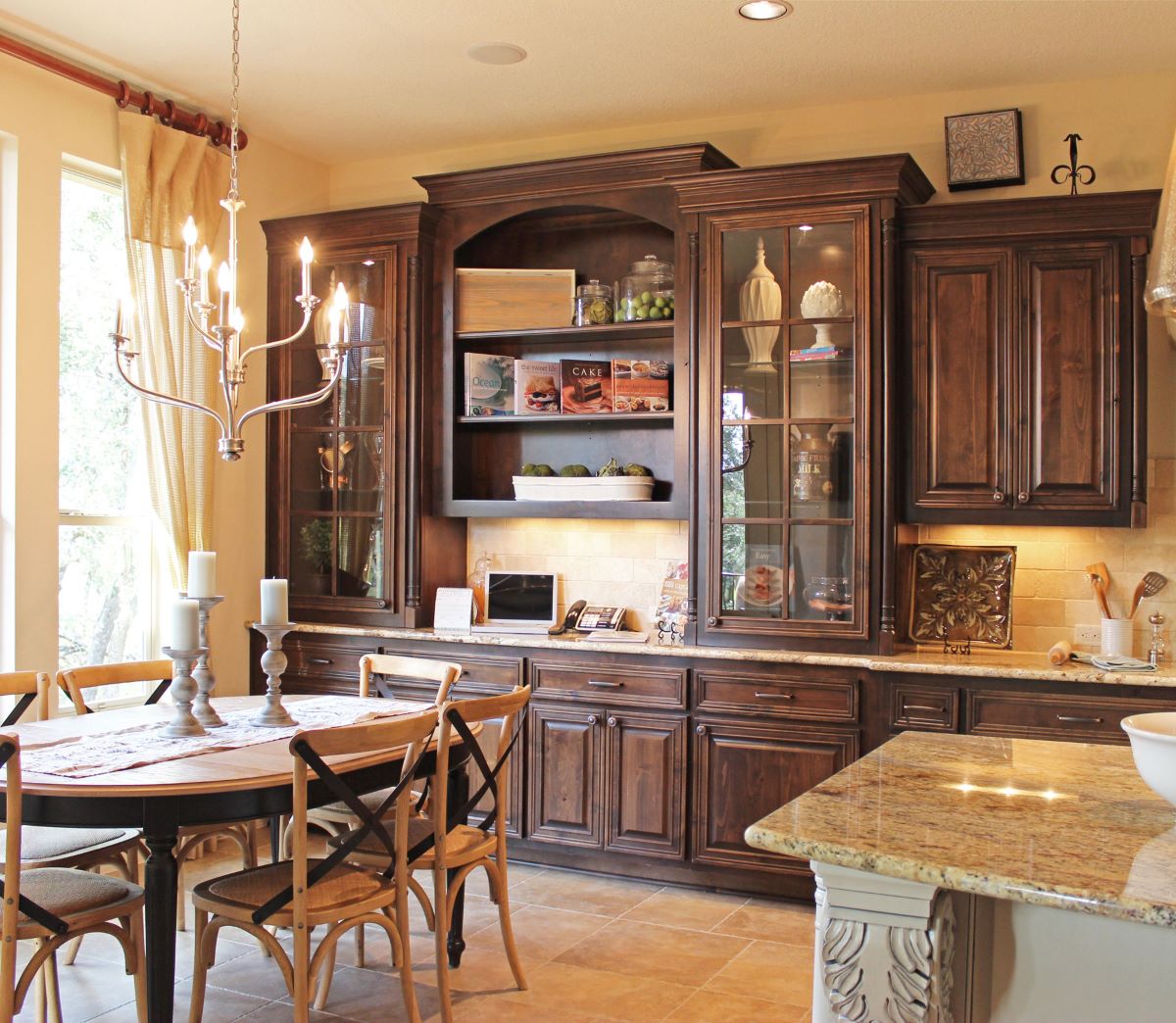
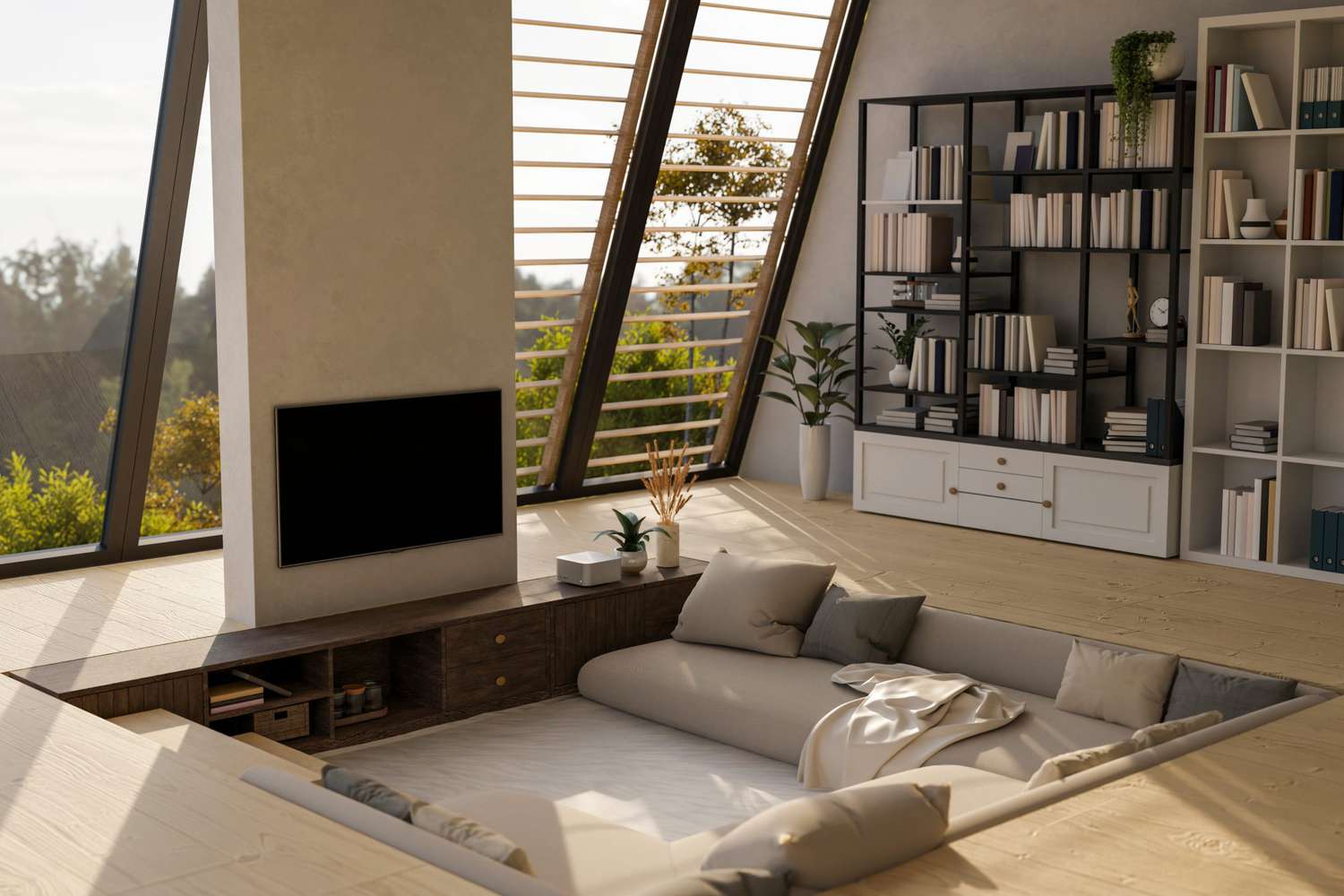
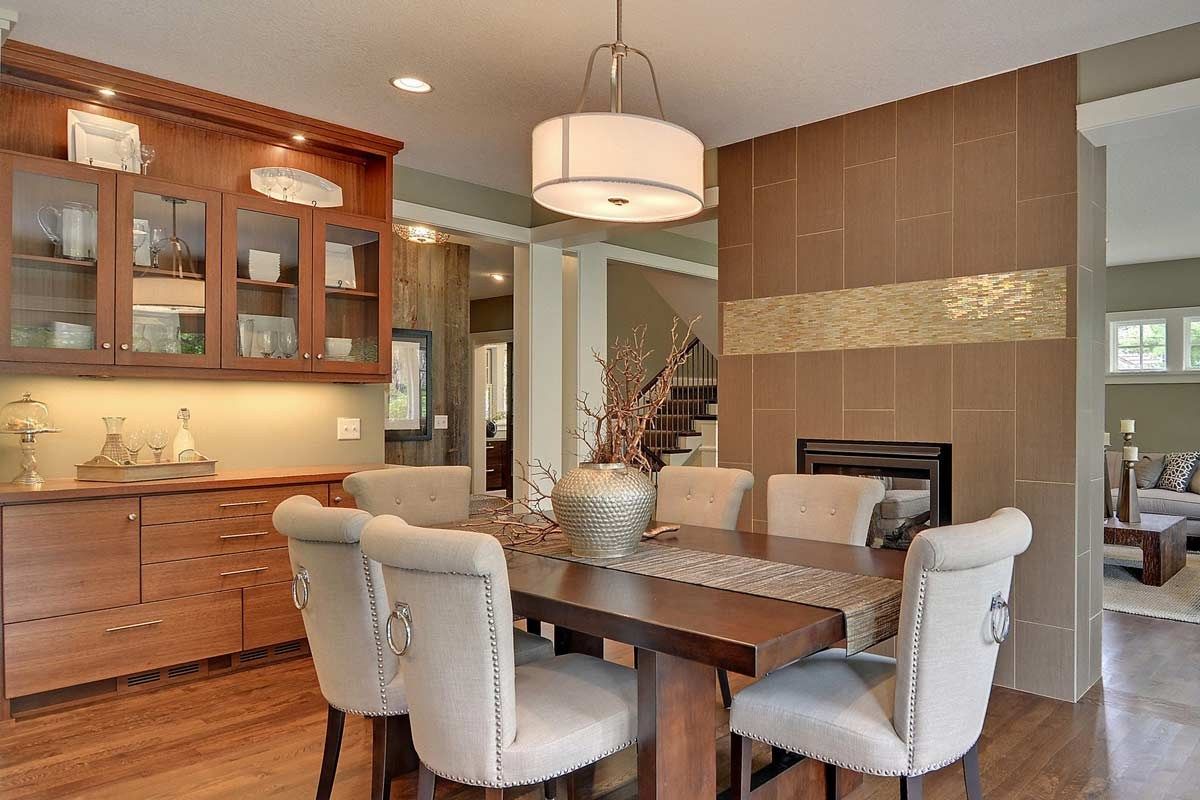
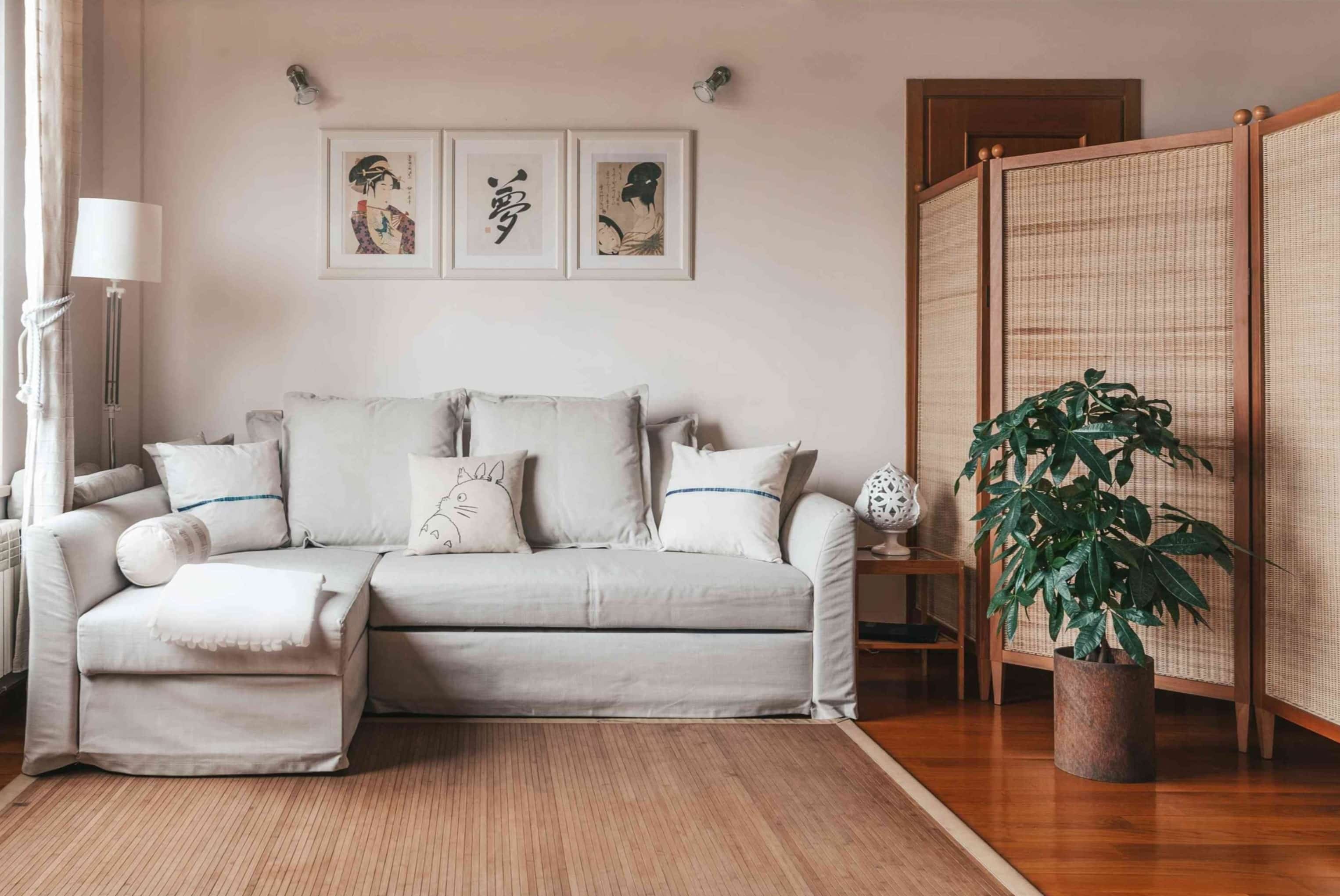
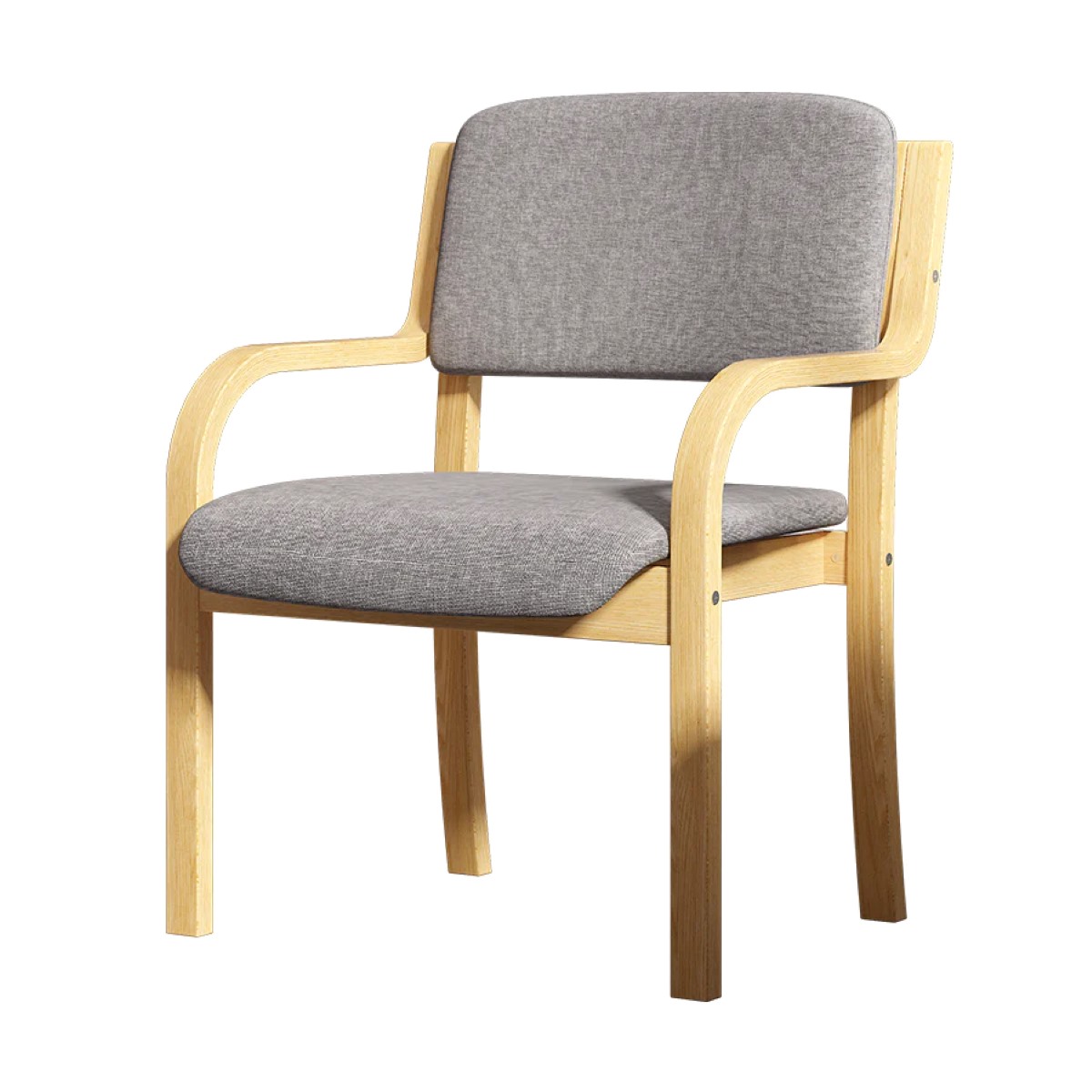
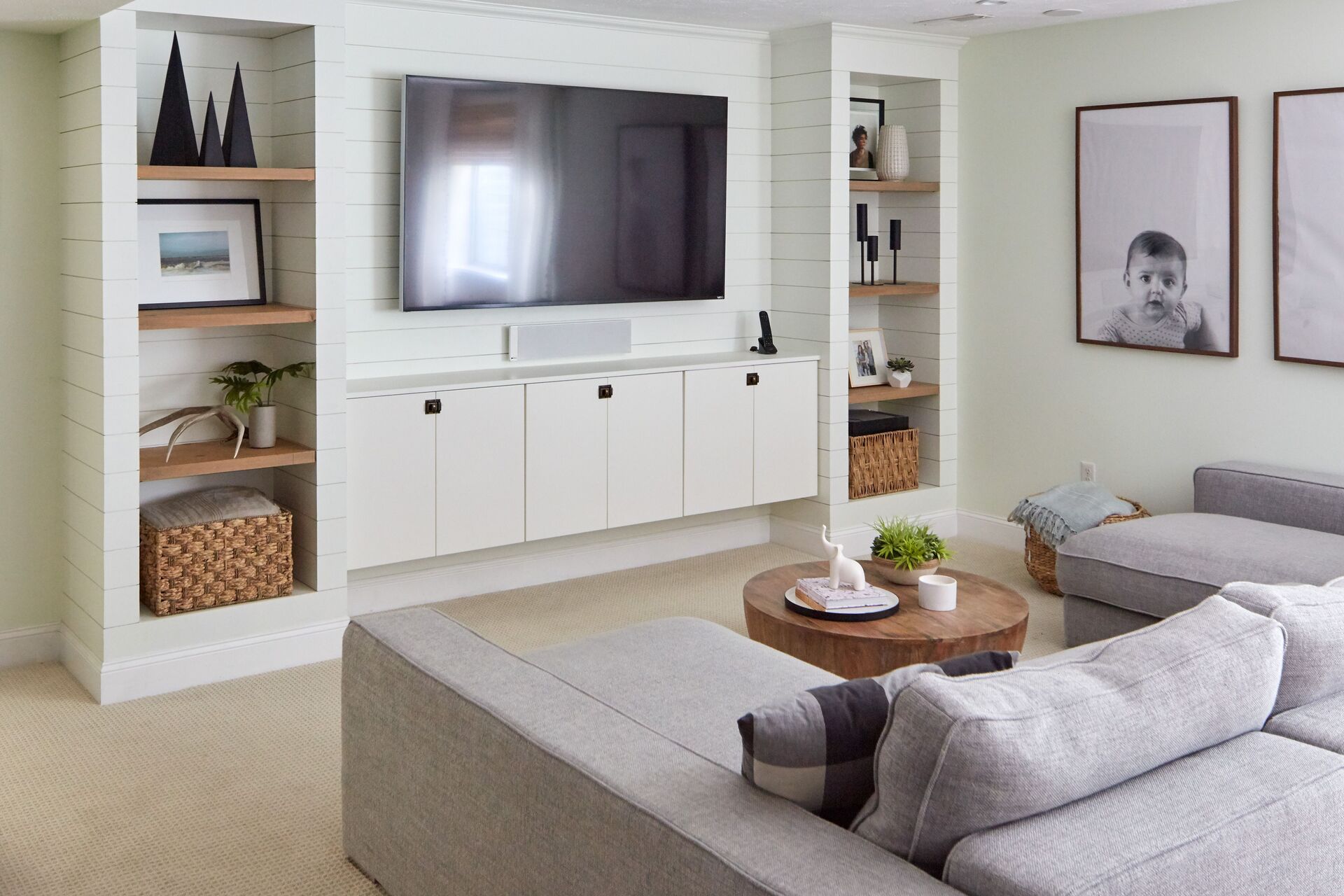
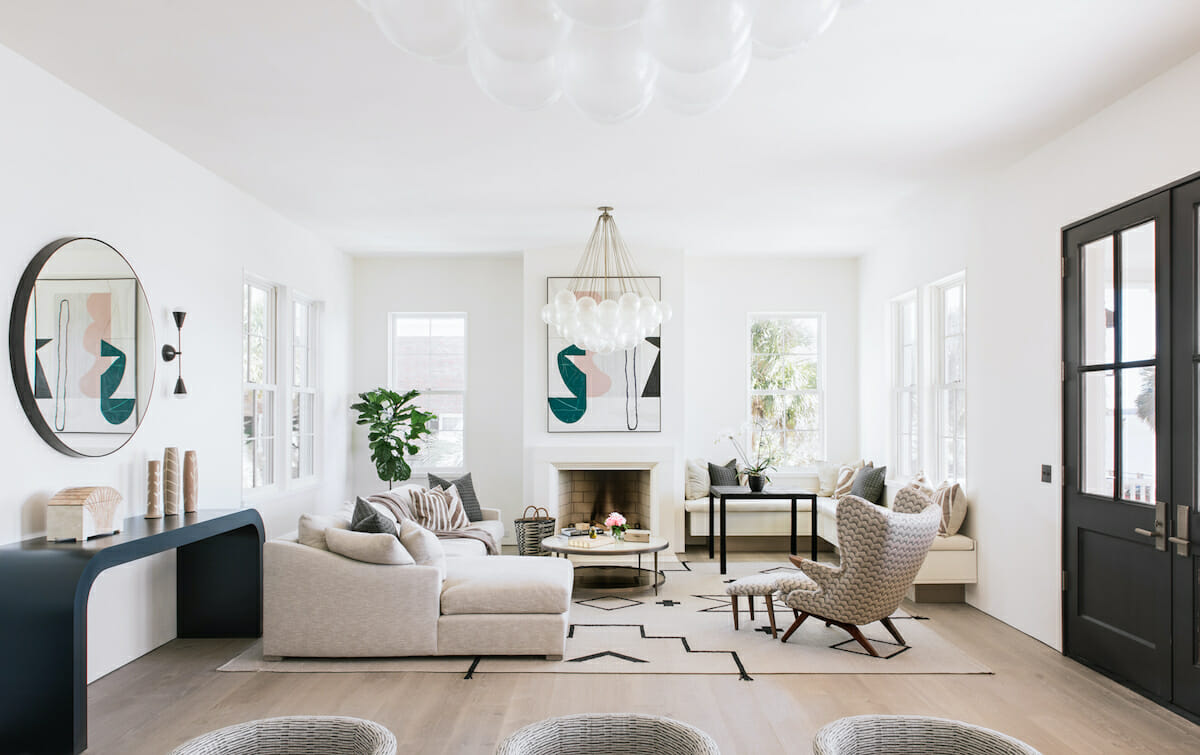
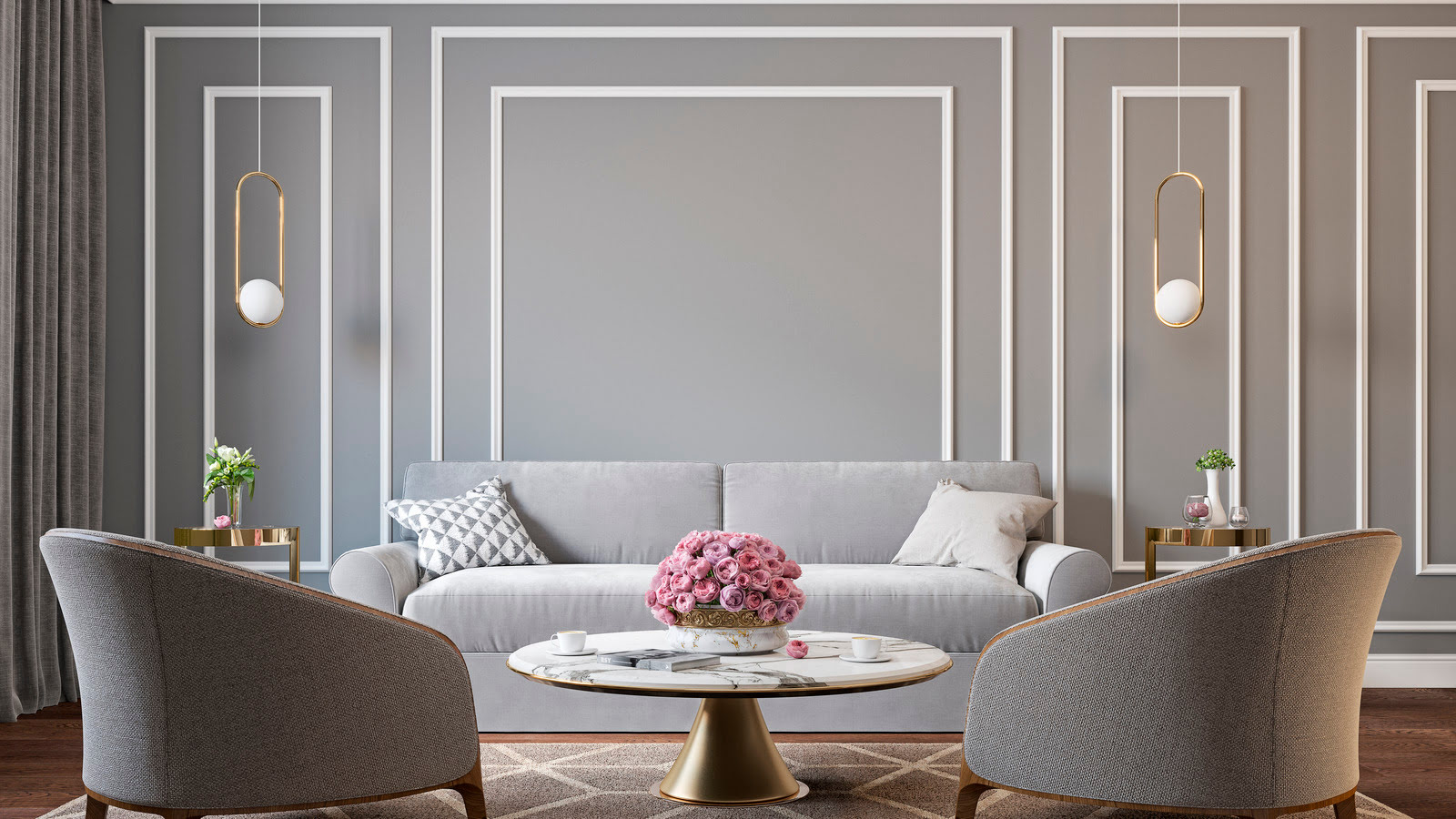
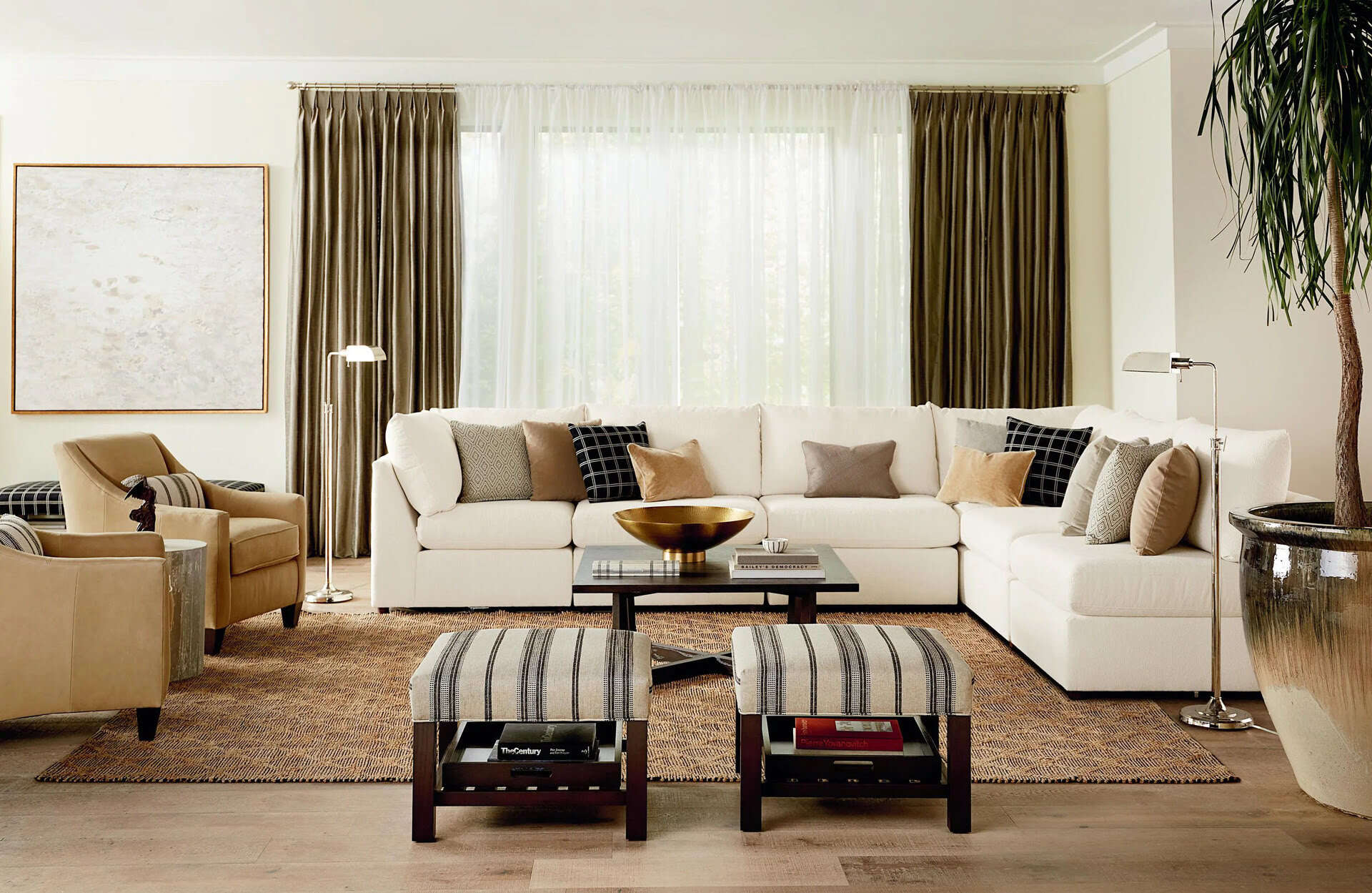

0 thoughts on “What Is A Second Living Room Called”